Tags
Alan Road, Albion Mill, Ber Street, Berstrete Gates pub, Bracondale, Carrow Hill, City Wall, close studded timber framing, Crystal House, Dragon Hall, King Street, Music House, Norwich, Norwich Castle, River Wensum, Southgate Lane, St Etheldreda's Artists' Studios, St John the Baptist church, St John-de-Sepulchre church, St Julian's Church, The Black Tower, The Wilderness Tower, Timberhill, walking, Wensum Lodge
One bright morning last spring I decided to take another walk through the city. I started at the Market and made my way towards the Castle.
On the wall outside the castle I found these plaques which tell a story. I will have to go into the castle one day and find out who wrote the lines and who designed the plaques. I am put off by the entrance fee of £8.80 though!
If you read the comments you will now see that Simon Nott from Quercuscommunity has supplied all the information I needed with this link
http://www.racns.co.uk/sculptures.asp?action=getsurvey&id=838
Thank-you, Simon!
Just opposite the Castle in Cattle Market Street I found this interesting yard.
The warehouse is part of a Grade II Listed building which was originally constructed as a showroom for Holmes and Sons who manufactured and sold agricultural machinery. The front of the building is mainly glass in an iron framework made in a lily pattern design and was inspired by the Crystal Palace (built by Paxton) to house the Great Exhibition of 1851. This building is known as the Crystal House. I believe there have been plans to convert the building into apartments.
I walked from the Crystal House in Cattle Market Street, down Rouen Road and into St Julian’s Alley where I took this photo of St Julian’s church. I wrote something about this church and shrine a while ago as well as writing about the castle.
There is a narrow path between buildings that runs from St Julian’s Alley to King Street and in King Street is…..
Until last year the Dragon Hall could be visited quite easily. Now, since it has become the home of “The Writers’ Centre Norwich” it is only open for a tour once a month and I cannot find any details of when this one day a month is. Dragon Hall is Grade I listed and dates from 1420 and is the only surviving medieval trading hall in Western Europe built by an individual. That individual was a Robert Toppes who was elected four times Mayor of the City of Norwich.
It is made with close studded timber framing where planks of wood (studs) are placed vertically and close together to great effect. It contained a grand hall; the ground floor rooms and the undercroft were used as storage for goods. One of the spandrels (triangles of space between beams and braces in the roof) was intricately carved with a figure of a dragon, which is where the building’s name has come from. I have seen a photograph and would love to see it for myself one day.

View of the River Wensum behind the Dragon Hall. Goods could easily be brought into the Hall from boats on the river.
The King Street area was one of the first areas in Norwich to be inhabited and as it was close to the river many of the inhabitants were rich merchants. The Dukes of Norfolk and the Howard family (Catherine Howard was Henry VIII’s fifth wife) all had houses here. John Caius, physician to Edward VI and founder of Caius College Cambridge was born here.
Just a short step up King Street is the Music House. This was reputed to be the oldest occupied house in Norwich until recently when it was taken over by Wensum Lodge. The first occupants were the Jurnets who were an extremely wealthy Jewish family and who lived there in the 12th century. It became known as the Music House because during the reign of Elizabeth I it was the headquarters for the Norwich waits and minstrels.
Almost next door is…..

Interesting old houses in King Street. These buildings are probably 400 years old with lots of adaptations made to them over the years.
New buildings were being put up next door to these old houses. From what I could see, great care was being taken that the new construction didn’t look out of place amongst the old buildings.
St Etheldreda was one of the four daughters of King Anna of East Anglia. She founded a monastery on the Isle of Ely (an example of tautology as Ely means Isle) and she died there in 679.
This is a Norman church which became dilapidated in the 19th century and was then ‘restored’ by an enthusiastic clergyman who got rid of a lot of the original features in order that an idealised ‘medieval’ church could be created. A wall painting of St Christopher was uncovered and was copied but the original painting did not survive. Because of extensive bomb damage during the Second World War the amount of people living in the area dropped considerably and by the 1970’s the church had become derelict. Restoration was begun in 1975 and it has now been fitted out as artists’ studios.
This former mill has been converted into apartments. You might be interested to see one of the apartments which is available for sale at the moment; a three-bedroom penthouse apartment valued at just under £1,000,000.
The building started out as a yam mill in the 1830’s but by the end of the 19th century it had become derelict. It was bought by Robert John Read (junior) of R J Read Ltd. in 1932 for £5,750 as he needed to expand his already thriving milling business. He milled flour, not only local wheat but imported grain, oyster shell (for the chicken/hen trade) and maize (imported form Argentina). He developed a flaking machine for the maize, as flaked maize was used in the stock and animal feed industry. When Britain joined the Common Market the price of local and European wheat dropped and Read no longer imported grain. By the late 1980’s maize was no longer imported either so the firm concentrated on wheat milling and in 1988 they were producing 5 tons of wheat an hour. The business closed in 1993 and the site remained vacant until 2004 when it was bought along with other buildings nearby to be converted into flats and apartments.
I turned up Southgate Lane which is quite a steep climb though this isn’t easy to see in the photo.
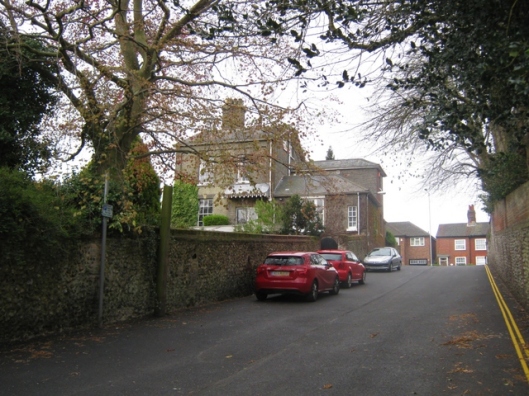
Towards the top of the hill the lane widened and one of the beautiful Victorian villas in Bracondale came into view.
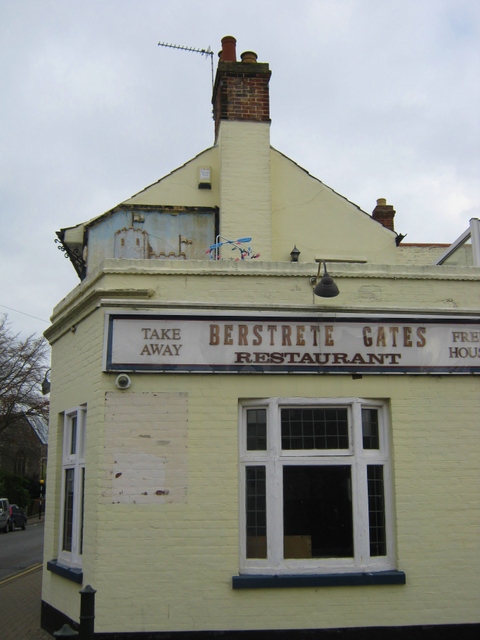
I was now in Ber Street and this is the Berstrete Gates pub. The old Ber Street Gate in the city Wall was taken down in 1807.
This church on the corner of Ber Street and Finkelgate was made redundant in 1984 and between 1986 and 2009 was used by an Eastern Orthodox congregation.

Buildings in Ber Street. The nearest is a medieval house; the one next to it is rather an elegant red-brick Georgian building. Next to that is another ancient medieval house with a modern office building beyond that.
I turned back the way I had come, walked back down Ber Street and into Bracondale and then past Southgate Lane. The next road is Carrow Hill.
This tower was part of the defence of the city and was traditionally the residence of the Constable. In the 16th century it was used for plague victims and in the 18th century a snuff mill was built on top of it. The mill was removed in the 19th century but the tower is still sometimes referred to as the Snuff Tower. Another name is the Duke of Buckingham’s Tower though I haven’t yet found a reason for this.
This second tower is further down the steep hill. There was never any wall built between these two towers but there are plenty of arrow slits built into the sides of the towers to enable the defenders to cover the steep hill inbetween.
The Wilderness is nicely planted with trees and shrubs and there is a wooden path and stairs that take one from the top of the hill in Carrow Hill to the bottom in Alan Road.
From Alan Road I walked along King Street to Rouen Road and from there back to the city centre.
The church was originally sited just outside the Castle’s bailey. Timberhill is to the south of the church, once an open space and the site of the timber market.
I apologise for the length of the post.
Thanks for visiting!

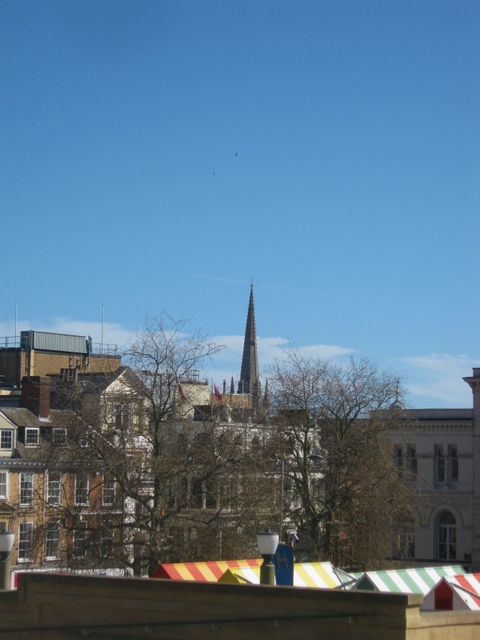
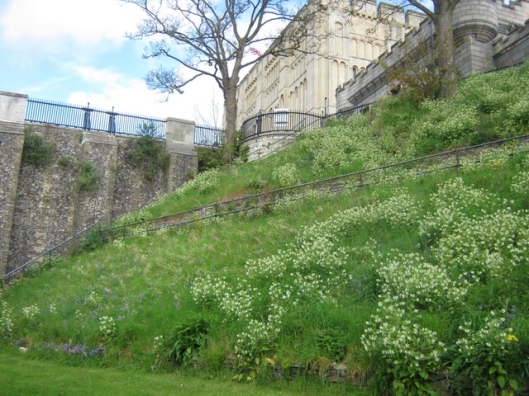





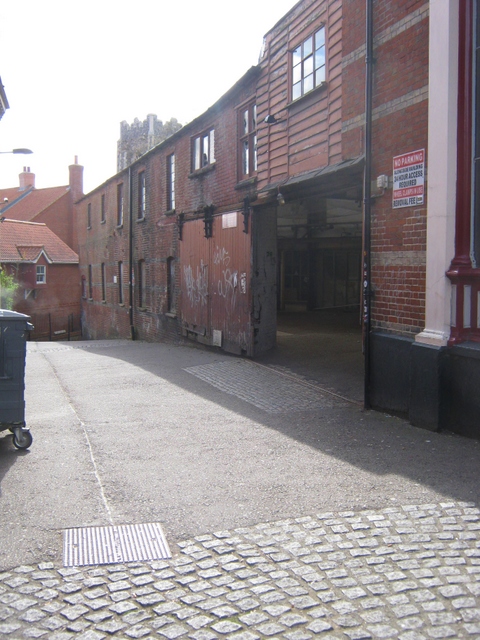
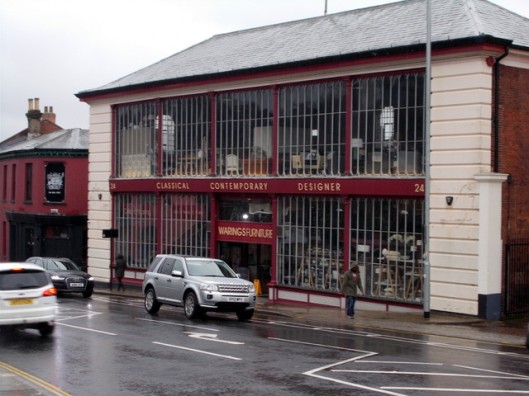
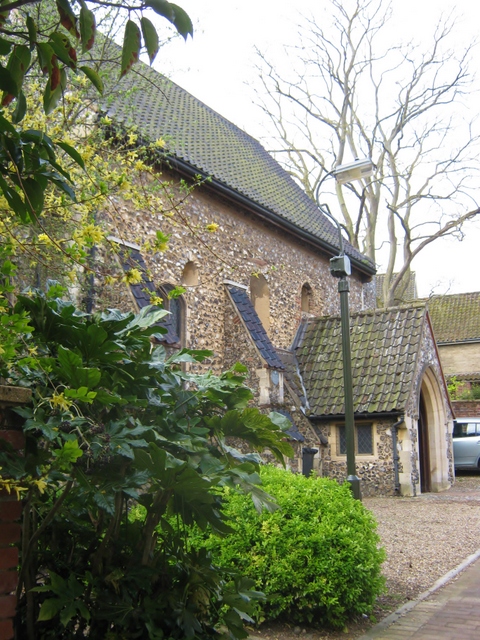

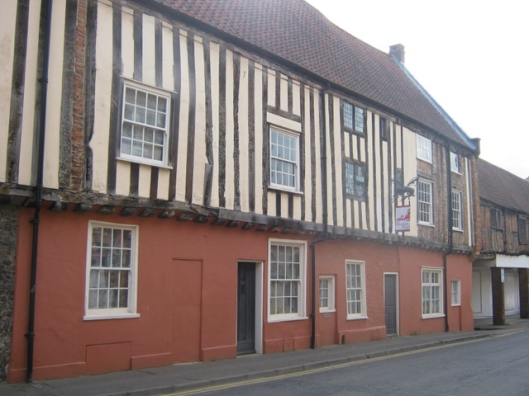

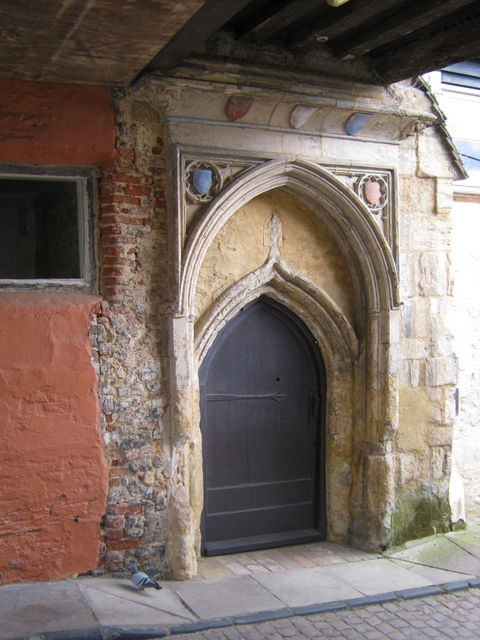
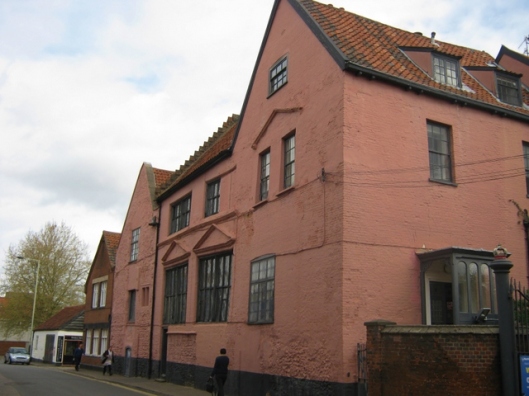
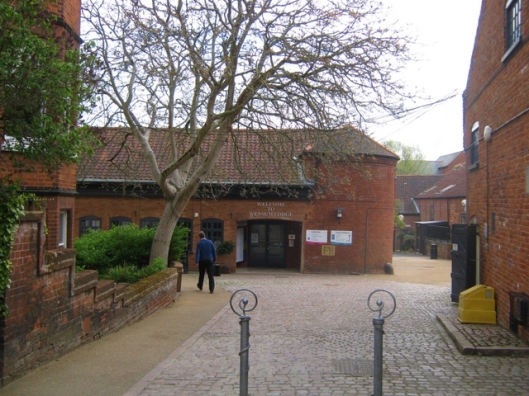

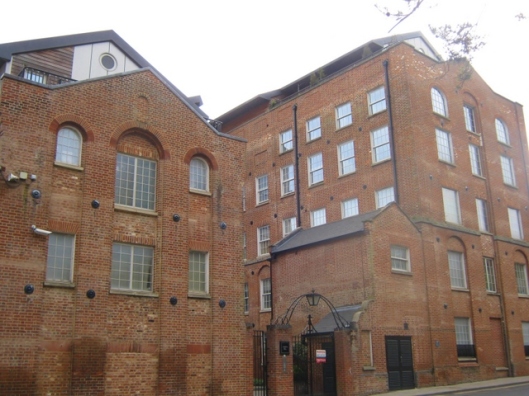

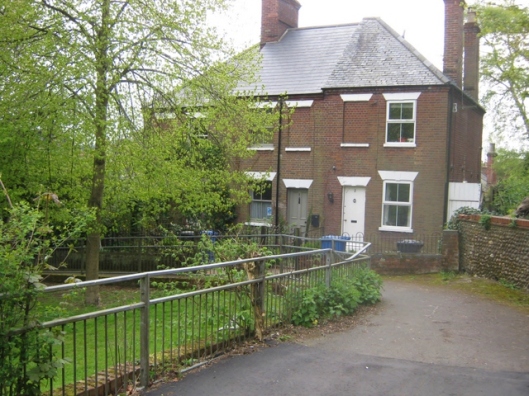
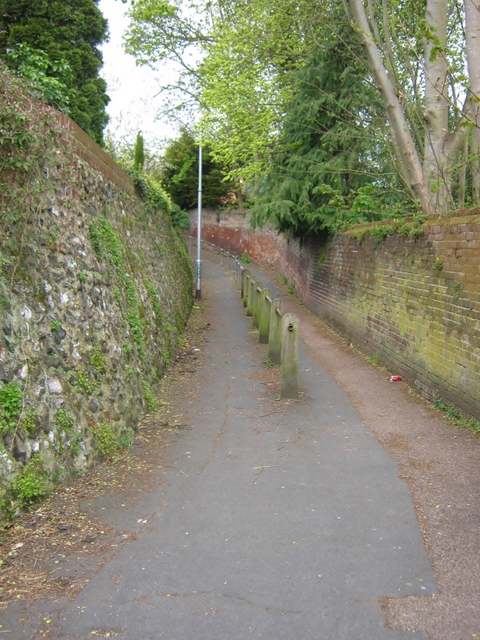
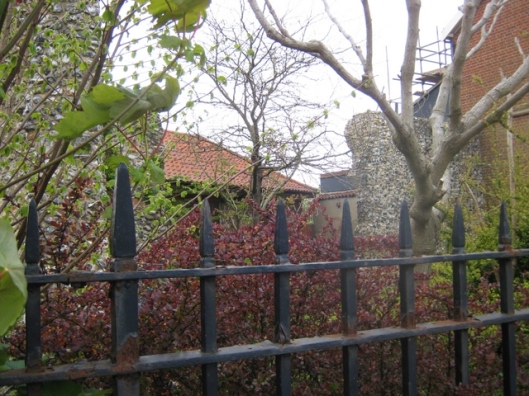
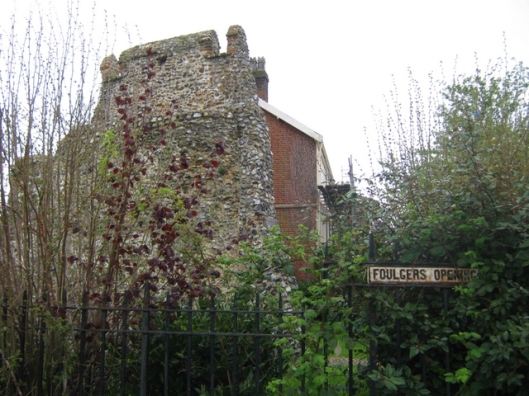
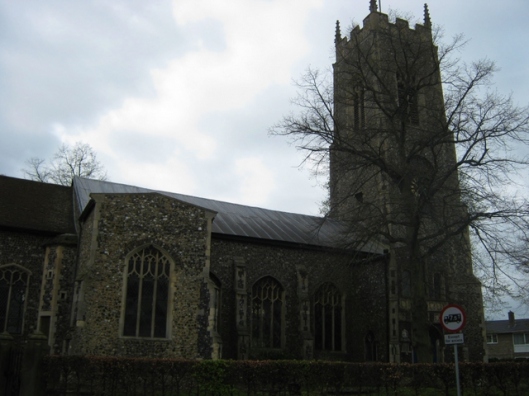



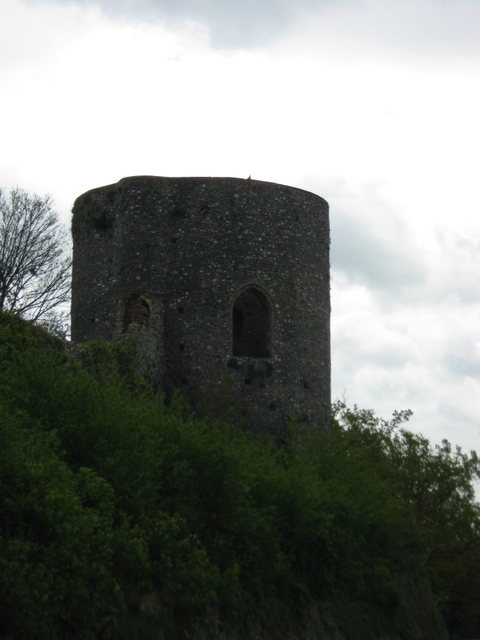
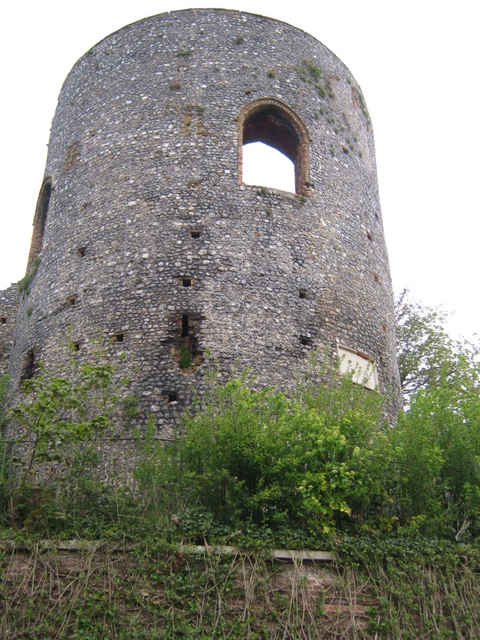

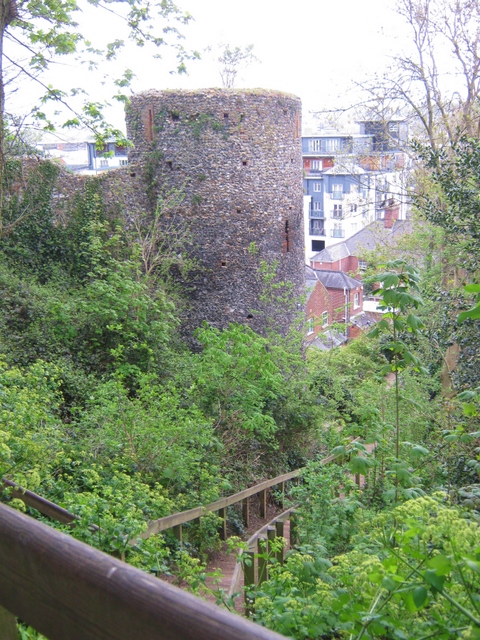

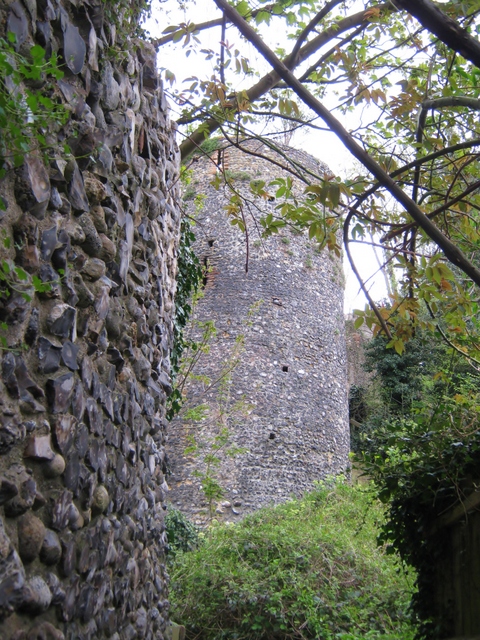
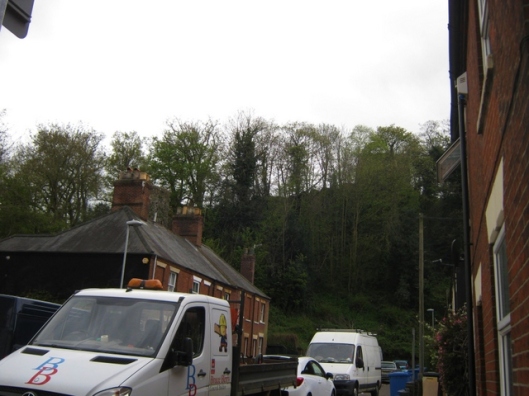
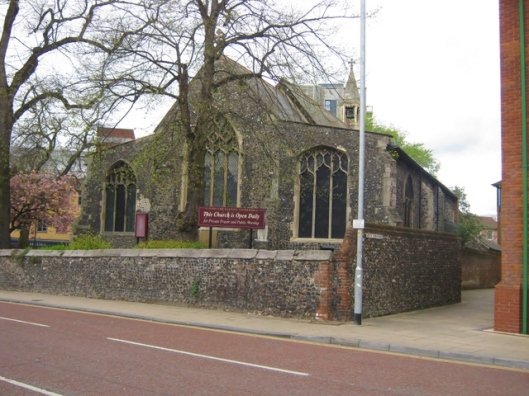

No need to apologize for the length of the post, I found the history of the buildings, and how they have been re-purposed over the years fascinating! Many of the buildings you showed us were already quite old by our standards before the first permanent structures were ever built here, so we have nothing like them. Thank you very much for this stroll back through history, and all the research that you do for these posts!
LikeLiked by 1 person
Thank-you Jerry. I was surprised when I got to research for this post how many of the buildings I saw had been re-purposed at some stage in their lives. I think it’s such a positive thing to do if possible – much better than leaving it empty and deteriorating and it’s often much cheaper than demolishing it and building something new.
LikeLiked by 1 person
Always a pleasure to come along on a walkabout
Love the lanes !
[cid:image001.jpg@01C9B630.AE052CF0]
Mark Spitzer
2106 Fifth Avenue West
Seattle WA 98119
206 669 3621 c
Read my blog: Travel Design Impressions at:
http://markspitzerdesigns.wordpress.com
P please consider the environment before printing this email
LikeLiked by 1 person
Thank-you very much Mark! Norwich is a fun city to walk through. I am enjoying your golfing posts.
LikeLike
St Andrews and North Berwick also have interesting features – coming soon
LikeLiked by 1 person
I look forward to that.
LikeLike
You make an excellent tour guide, I loved all those towers and, in particular, the walk down Ber Street.
LikeLiked by 1 person
Thank-you Susan. I like Ber Street too and I see it quite regularly as that is where my hairdresser is.
LikeLike
Looks like a great day out.- I could imagine myself being there as I read your words.
I looked round the internet and found this link http://www.racns.co.uk/sculptures.asp?action=getsurvey&id=838
It has some details of the plaques on the castle wall if you scroll down a bit.
LikeLiked by 1 person
Thank-you so much Simon! That is just what I wanted to know. I will add the link to my post with a nod in your direction. I was obviously looking in the wrong places.
LikeLiked by 1 person
No problem. 😉
LikeLiked by 1 person
🙂
LikeLike
No apology is necessary, Clare. What a fabulous post, packed with history and of course, your amazing photos. I love the shot of Southgate Lane and the Timberhill shops. Thanks for including the link to the apartment…that’s quite a place.
LikeLiked by 1 person
Thank-you Jill. Those shops in Timberhill are so fine! I have to rush past in case I go in and spend money I haven’t got!
LikeLiked by 1 person
Hi Clare, its striking how immaculate the streets look in Norwich – its lovely to see how well cared for the buildings and streets are. I enjoyed your tour, I do not really know Norwich, so its nice to get an insight.
LikeLiked by 1 person
Thank-you Julie. Norwich is kept quite smart most of the time though I did notice a can in one of the photos that I hadn’t seen when I took the picture!
LikeLiked by 1 person
What an interesting place where almost every building have hundreds of years history. So much to see and learn. Great tour my dear Clare! Thanks! 🙂
LikeLiked by 1 person
Thank-you so much HJ! It took me a long time to write the post!
LikeLiked by 1 person
You certainly found plenty of interesting buildings to show us on your walk. Thank you.
LikeLiked by 1 person
It is my pleasure Tom, and thank-you.
LikeLike
Those plaques are interesting! So many of them, too. I always get swoony over your photos of old church buildings and green countryside, then feel surprised when the photos of paved roads appear! 😀
LikeLiked by 1 person
Thank-you very much Lisa! I have been told all about the plaques by another blogger and I’ve added the link to my post. This pleases me very much. I spend most of my time in muddy lanes surrounded by fields so it’s a nice change to be able to walk and drive about without getting dirty! Two out of the three church buildings I photographed for the post weren’t churches any more and I couldn’t go inside. The third one is still a working church and I could have gone in but I was rushing to meet my daughter by then!
LikeLike
You’re so lucky to live surrounded by so much history. I like the plaques especially and I wonder if that really was a wilderness when the wilderness tower was built.
The medieval buildings were a surprise because at a glance they don’t really look that old.
That’s quite an apartment! I think you could fit two of my houses inside it.
Thanks for a great walk!
LikeLiked by 1 person
Thank-you Allen. When the Wilderness Tower was built I don’t suppose it was a wilderness rather a muddy building site! I think the name and nicely planted hillside was a much later addition! Many old buildings that are still lived or worked in don’t look that old because the owners have added bits and changed things over the centuries, though there are strict regulations nowadays that insist you apply for permission to decorate or carry out repairs. It’s only when you look at the wooden beams in the attics or the age of the bricks used in construction do you get to understand how old a building is. The people of the 18th and 19th centuries were often ashamed to live in old-fashioned houses and either tore them down and rebuilt if they could afford it or added new frontages onto their old houses.
LikeLiked by 1 person
These buildings have such interesting history, Clare. Thank you for sharing. Those arrow slits must have come in very handy in many a battle. And that penthouse apartment – as modern as the other buildings are ancient, and beautiful in its own way.
LikeLiked by 1 person
Thank-you Cynthia. Yes, I am sure those arrow slits were used now and then! I was interested to see how the old mill had been re-purposed over the years. Bought for under £6000 in the 1930’s it became a thriving business and was doing very well, earning the owners a substantial income right up to 1988 and then the business just disappeared. The building is now an apartment block and worth millions of pounds!
LikeLiked by 1 person
Thank you for the walk back through history! It is always interesting to see the old and the new blending together. No need to apologize for the length of the post.
LikeLiked by 1 person
Thank-you very much Lavinia.
LikeLike
Thanks for sharing this, Clare. I love looking at all the old architecture, lanes etc. And those ancient bricks & walls have got so much character! 🙂
LikeLiked by 1 person
Thank-you Liz. I’m always interested in architecture and love wandering about the streets in towns and cities. I enjoyed your tour of Edinburgh very much.
LikeLiked by 1 person
A wonderful trip through the ages, although that £8.80 entrance fee is a bit steep. It is nice to know that some building companies actually take care with the surrounding area rather than just sticking building up willy-nilly.
LikeLiked by 1 person
Thank-you Ste J. The castle lets you in for the last hour of opening each day for £2. Very generous. I like ‘willy-nilly’.
LikeLiked by 1 person
Well I’m always up for a power walk to get my money’s worth.
LikeLiked by 1 person
Never apologise for the length of your posts, I always love reading them :).There’s so much wonderful history if we just take the time to look as we walk. Wonderful photos too. I like those images on those plaques.
LikeLiked by 1 person
Thank-you very much!
LikeLiked by 1 person
I agree with the above comment Clare – Your posts are always fascinating and I always love going along on a walk with you as you point out all the interesting things to see. What a fantastic city Norwich is! So many beautiful and very old buildings. I especially liked the Dragon Hall and the interesting history of this building. I was very struck with that wonderful main door too as it looked as if it had two arches over it. I wonder if this was the original intention or if at some point it had been modified? Either way, it was very beautiful. Lovely walk Clare – thank you for taking us along.
– Kate xx
LikeLiked by 1 person
Thank-you Kate. The door to the Dragon Hall does look like the larger one was added afterwards though I cannot find out anything about it. If I can ever get to visit and speak to anyone I may be able to discover more!.
LikeLiked by 1 person
What a beautiful and very old building, Clare!
This is an interesting place to visit.
Greetings from the sunny autumn in Germany…
Rosie
LikeLiked by 1 person
Thank you very much, Rosie. Norwich is full of very old buildings.
LikeLiked by 1 person